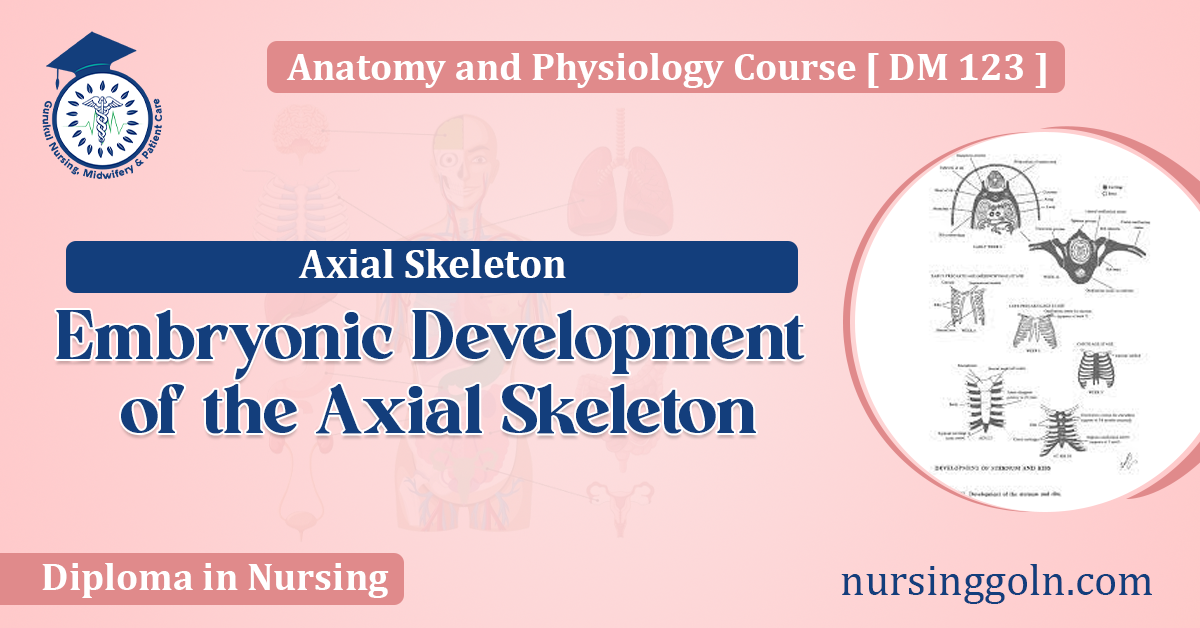The human skeletal system is a fascinating framework composed of bones and cartilage that supports and protects the body’s organs, aids movement, stores minerals, and produces blood cells. One of the primary classifications of the skeletal system is its division into two main sections: the axial skeleton and the appendicular skeleton. This article delves into the intricacies of the axial skeleton, illuminating its components, functions, and importance.
Divisions of the Skeletal System
Introduction to the Axial Skeleton
The axial skeleton forms the central core of the human body. It is designed to protect the brain, spinal cord, heart, and lungs, which are some of the most critical organs. Structurally, the axial skeleton consists of 80 bones that are divided into the skull, vertebral column, and thoracic cage. Each of these divisions plays a unique role in supporting and safeguarding the body.
1. The Skull
The skull is perhaps the most recognized part of the axial skeleton and can be further divided into two main parts: the cranium and the facial bones.
- Cranium: The cranium is composed of eight bones that enclose and shield the brain. These bones include:
- Frontal Bone: This forms the forehead.
- Parietal Bones (2): They shape the top and sides of the head.
- Temporal Bones (2): Located at the sides and base of the skull, they house the inner ear structures.
- Occipital Bone: Located at the back and base of the skull, it surrounds the foramen magnum, where the spinal cord connects to the brain.
- Sphenoid Bone: This is a complex, bat-shaped bone that links the cranial and facial bones.
- Ethmoid Bone: It’s a porous bone between the nasal cavity and the orbits.
- Facial Bones: The facial region comprises 14 bones that give shape and structure to the face:
- Maxillae (2): The upper jaw and the central portion of the face.
- Palatine Bones (2): These form the posterior part of the hard palate.
- Zygomatic Bones (2): Known as the cheekbones.
- Lacrimal Bones (2): Tiny bones located near the tear ducts.
- Nasal Bones (2): These form the bridge of the nose.
- Vomer: This forms the inferior part of the nasal septum.
- Inferior Nasal Conchae (2): These are thin, curved bones in the nasal cavity.
- Mandible: The lower jawbone and the only movable bone in the skull.
2. The Vertebral Column
The vertebral column, often referred to as the spine or backbone, is a flexible, elongated structure that houses the spinal cord. Comprising 26 individual bones known as vertebrae, it can be segmented as:
- Cervical Vertebrae (7): These form the neck region. The first cervical vertebra, known as the atlas, supports the skull and allows the nodding movement of the head. The second, called the axis, permits the head’s rotation.
- Thoracic Vertebrae (12): These attach to the ribs and form the upper back.
- Lumbar Vertebrae (5): Larger vertebrae that constitute the lower back.
- Sacrum: A triangular bone formed by the fusion of five sacral vertebrae, located between the two hip bones.
- Coccyx: Often referred to as the tailbone, it’s formed by the fusion of three to five small vertebrae.
Intervertebral discs are present between the vertebrae, providing cushioning and flexibility to the spine.
3. The Thoracic Cage
The thoracic cage, also known as the ribcage, plays a pivotal role in protecting the heart and lungs. The components include:
- Ribs (24): There are 12 pairs of ribs, each connected dorsally to the thoracic vertebrae. The top seven pairs are known as “true ribs” as they connect directly to the sternum via costal cartilage. The next three pairs, called “false ribs,” don’t directly attach to the sternum but instead connect to the cartilage of the rib above. The last two pairs are termed “floating ribs” because they don’t attach to the sternum at all.
- Sternum: A flat bone in the middle of the chest, often referred to as the breastbone. It comprises three parts – the manubrium, body, and xiphoid process.
Conclusion
The axial skeleton forms the primary framework that supports and protects the body’s vital organs. It provides the structure against which the muscles of the body act, facilitating movement. The intricate design and structure of the axial skeleton highlight the evolutionary significance of ensuring that the body’s most crucial organs remain protected and supported.
With an understanding of the axial skeleton, one can appreciate the harmonious interplay between form and function within the human body. The axial skeleton not only provides structural integrity but also represents a testament to nature’s ability to engineer systems that simultaneously protect, support, and enable movement and function.
